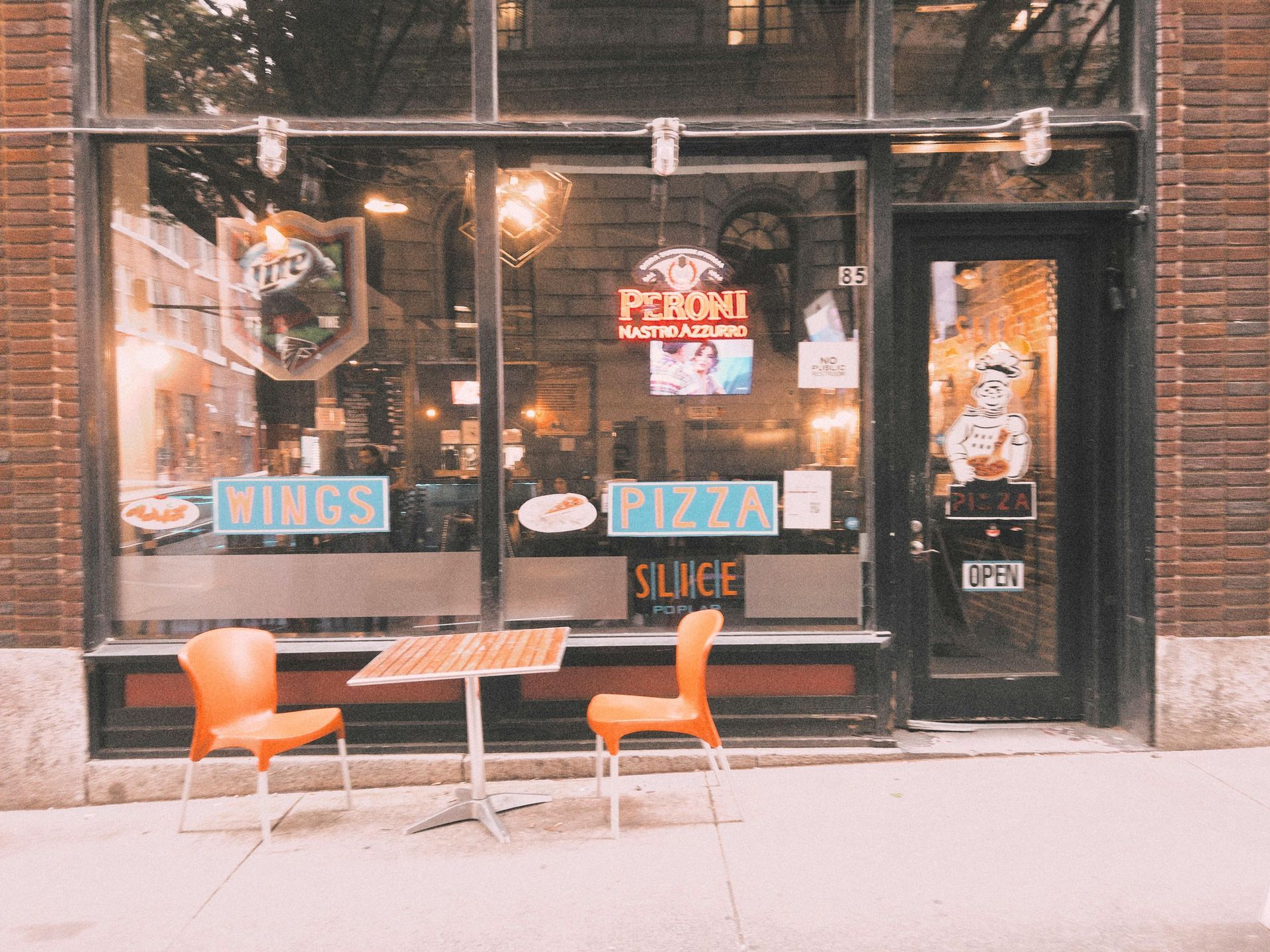Mastering DIY Design: How Small Businesses Can Create Professional Marketing Materials on a Budget
Mastering DIY Design: How Small Businesses Can Create Professional Marketing Materials on a Budget
Creating professional marketing materials doesn't have to break the bank. With the right DIY design tips and tools, small businesses can produce high-quality materials that promote their brand and attract customers, all while staying within budget.
Start with a Clear Plan: Before diving into the design process, take the time to outline your goals, target audience, and key messaging. Having a clear understanding of what you want to achieve with your marketing materials will guide your design decisions and ensure that your final product successfully communicates your brand message.
Choose the Right Tools: While professional graphic design software like Adobe Photoshop and Illustrator can be powerful tools, they often come with a steep learning curve and a hefty price tag. Fortunately, there are plenty of affordable or even free design tools available that are perfect for DIY projects. Canva and Adobe Spark are a few examples of user-friendly design platforms that offer a wide range of templates, fonts, and graphics to help you create polished designs for your printing materials. Before sending your design to print, you want to ensure that your materials maintain their highest quality. You can read more about that here.
Stick to Simple Designs: When it comes to DIY design, less is often more. Avoid cluttering your marketing materials with excessive text or graphics, as this can overwhelm your audience and detract from your message. Instead, opt for clean, minimalist designs that allow your content to stand out. Use plenty of white space to create visual breathing room and make your materials easy to read and navigate.
Focus on Consistency: Consistency is key when it comes to branding, so make sure your DIY marketing materials align with your brand's visual identity. Use consistent colors, fonts, and imagery across all of your materials to reinforce your brand's personality and help customers recognize your brand at a glance. Creating a style guide can help ensure that your materials maintain a cohesive look and feel across different channels and platforms.
Embrace Templates: Don't be afraid to use templates as a starting point for your designs. Many design platforms offer a wide variety of pre-made templates for everything from business cards and flyers to social media graphics and email newsletters. Starting with a template can save you time and effort while still allowing you to customize the design that best suits your brand and messaging.
Proofread Carefully: Before finalizing your designs, be sure to carefully proofread all text for spelling and grammatical errors. Typos and mistakes can undermine the professionalism of your materials and leave a negative impression on your audience. Consider enlisting the help of a friend or colleague to review your materials with fresh eyes before printing or publishing.
If you ever find yourself stuck in a rut with the design process, Triangle Printing and Marketing has a dedicated graphic design team to help aid in your process. And of course, when you are ready to have your design printed, we can help with that, too! With the right tools, planning, and attention to detail, DIY design can be a cost-effective way to improve your marketing efforts and grow your business.



